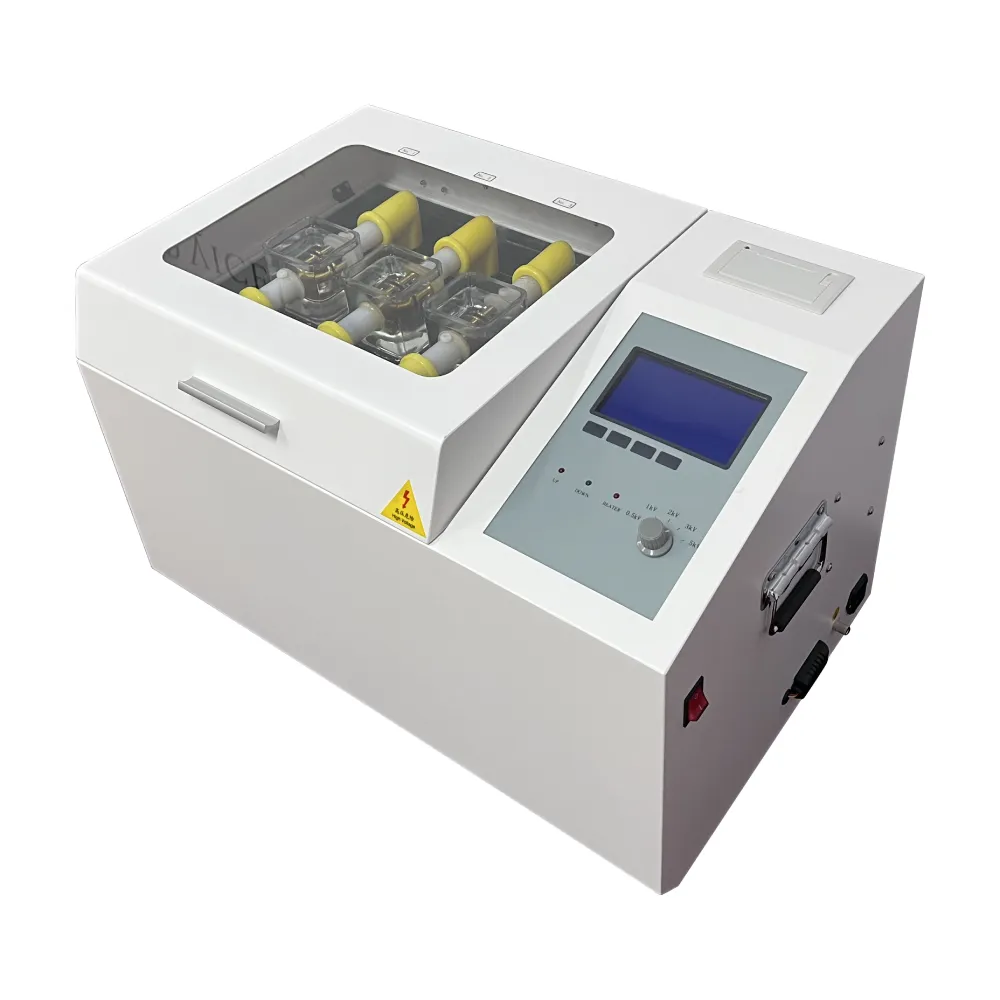 English
English



-
 Afrikaans
Afrikaans -
 Albanian
Albanian -
 Amharic
Amharic -
 Arabic
Arabic -
 Armenian
Armenian -
 Azerbaijani
Azerbaijani -
 Basque
Basque -
 Belarusian
Belarusian -
 Bengali
Bengali -
 Bosnian
Bosnian -
 Bulgarian
Bulgarian -
 Catalan
Catalan -
 Cebuano
Cebuano -
 China
China -
 China (Taiwan)
China (Taiwan) -
 Corsican
Corsican -
 Croatian
Croatian -
 Czech
Czech -
 Danish
Danish -
 Dutch
Dutch -
 English
English -
 Esperanto
Esperanto -
 Estonian
Estonian -
 Finnish
Finnish -
 French
French -
 Frisian
Frisian -
 Galician
Galician -
 Georgian
Georgian -
 German
German -
 Greek
Greek -
 Gujarati
Gujarati -
 Haitian Creole
Haitian Creole -
 hausa
hausa -
 hawaiian
hawaiian -
 Hebrew
Hebrew -
 Hindi
Hindi -
 Miao
Miao -
 Hungarian
Hungarian -
 Icelandic
Icelandic -
 igbo
igbo -
 Indonesian
Indonesian -
 irish
irish -
 Italian
Italian -
 Japanese
Japanese -
 Javanese
Javanese -
 Kannada
Kannada -
 kazakh
kazakh -
 Khmer
Khmer -
 Rwandese
Rwandese -
 Korean
Korean -
 Kurdish
Kurdish -
 Kyrgyz
Kyrgyz -
 Lao
Lao -
 Latin
Latin -
 Latvian
Latvian -
 Lithuanian
Lithuanian -
 Luxembourgish
Luxembourgish -
 Macedonian
Macedonian -
 Malgashi
Malgashi -
 Malay
Malay -
 Malayalam
Malayalam -
 Maltese
Maltese -
 Maori
Maori -
 Marathi
Marathi -
 Mongolian
Mongolian -
 Myanmar
Myanmar -
 Nepali
Nepali -
 Norwegian
Norwegian -
 Norwegian
Norwegian -
 Occitan
Occitan -
 Pashto
Pashto -
 Persian
Persian -
 Polish
Polish -
 Portuguese
Portuguese -
 Punjabi
Punjabi -
 Romanian
Romanian -
 Russian
Russian -
 Samoan
Samoan -
 Scottish Gaelic
Scottish Gaelic -
 Serbian
Serbian -
 Sesotho
Sesotho -
 Shona
Shona -
 Sindhi
Sindhi -
 Sinhala
Sinhala -
 Slovak
Slovak -
 Slovenian
Slovenian -
 Somali
Somali -
 Spanish
Spanish -
 Sundanese
Sundanese -
 Swahili
Swahili -
 Swedish
Swedish -
 Tagalog
Tagalog -
 Tajik
Tajik -
 Tamil
Tamil -
 Tatar
Tatar -
 Telugu
Telugu -
 Thai
Thai -
 Turkish
Turkish -
 Turkmen
Turkmen -
 Ukrainian
Ukrainian -
 Urdu
Urdu -
 Uighur
Uighur -
 Uzbek
Uzbek -
 Vietnamese
Vietnamese -
 Welsh
Welsh -
 Bantu
Bantu -
 Yiddish
Yiddish -
 Yoruba
Yoruba -
 Zulu
Zulu
astm d93 flash point
Understanding ASTM D93 Flash Point Testing
Flash point is a critical property of liquids that indicates their flammability and safety in handling and storage. Determining the flash point is particularly crucial for fuels, solvents, and various chemicals used in industrial applications. One of the widely recognized methods for measuring the flash point of a liquid is outlined in ASTM D93, a standard developed by ASTM International, an organization that establishes technical standards for materials, products, systems, and services.
The ASTM D93 test method is specifically designed for testing the flash point of liquids using the Pensky-Martens closed cup apparatus. This testing method is preferred for its reliability and ability to determine the flash point of a wide range of substances, particularly those with flash points between 40°C and 370°C (104°F to 698°F). The closed cup apparatus minimizes the escape of vapors, providing a more accurate measurement of a liquid's flash point under controlled conditions.
Principle of the ASTM D93 Method
The principle behind the ASTM D93 testing method is relatively straightforward. A sample of the liquid is placed in a test cup which is then heated gradually. An ignition source, typically an electrical spark or an open flame, is introduced intermittently during the heating process. The flash point is identified as the lowest temperature at which a momentary flash occurs in the vapors above the liquid when exposed to the ignition source. This temperature is crucial for determining the safe handling and storage conditions of the liquid.
astm d93 flash point

Importance of Flash Point Determination
Determining the flash point of liquids like fuels and chemicals has significant implications for safety and regulatory compliance. A lower flash point indicates a higher risk of flammability, necessitating stricter safety measures during storage and transport. Industries such as oil and gas, pharmaceuticals, and paints rely on accurate flash point data to ensure compliance with safety regulations and to develop appropriate risk management strategies.
Moreover, incorrect classification of materials based on their flash point can lead to catastrophic incidents such as fires and explosions. Thus, adhering to standardized testing methods like ASTM D93 is vital for ensuring consistent and reliable results that enhance safety in industrial environments.
Conclusion
In conclusion, the ASTM D93 method for determining the flash point of liquids is an essential tool in various industries where flammable materials are present. The calibration of safety measures, regulatory compliance, and effective risk management all hinge on accurate flash point data. As industries continue to prioritize safety, the role of standards like ASTM D93 becomes increasingly significant in safeguarding people, property, and the environment against fire hazards. Understanding and applying these standards is crucial for professionals in fields that handle volatile substances, ensuring their operations are conducted safely and responsibly.
-
Testing Equipment Industry Sees Major Advancements in 2025: Smart & Precision Technologies Lead the WayNewsJun.06,2025
-
Applications of Direct Current Generators in Renewable Energy SystemsNewsJun.05,2025
-
Hipot Tester Calibration and Accuracy GuidelinesNewsJun.05,2025
-
Digital Circuit Breaker Analyzer Features and BenefitsNewsJun.05,2025
-
Benefits of Real-Time Power Quality Monitoring Devices for Industrial EfficiencyNewsJun.05,2025
-
Earth Fault Loop Testing in High-Rise Building Electrical SystemsNewsJun.05,2025



